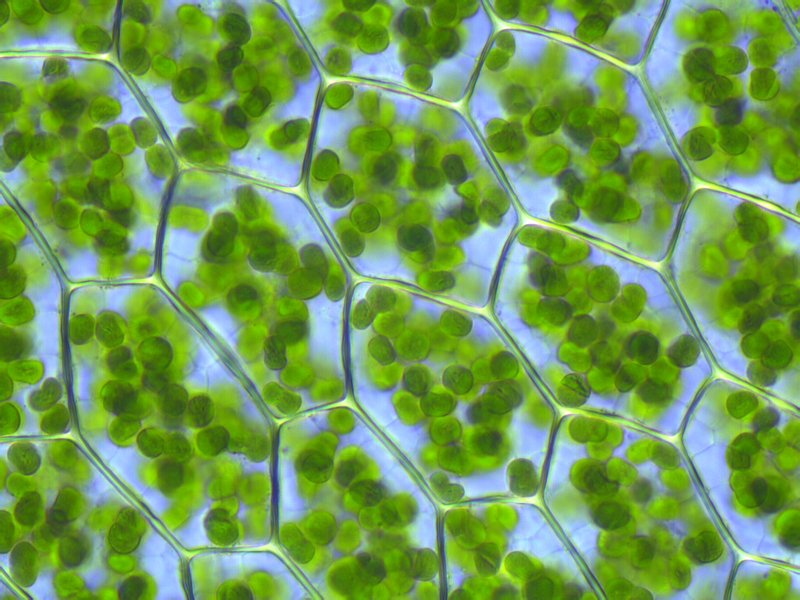The Plant Kingdom or Kingdom Plantae is mainly composed of plants.
Plants are multicellular, autotrophic, eukaryotic organisms. They are the producers and prepare their food through the process of photosynthesis.
On average, there are about 260,000 different species of plants, and they include trees, grass, shrubs, climbers, creepers, and some types of algae. There are different parts in plants. The main components of a plant include Roots, Stem, Leaves, Flowers. Fruits.
Here, in this article, we will learn about the structure and functions of chloroplasts in plant cells.
What are Chloroplasts?
Chloroplasts are the specialised cell organelle, which is responsible for photosynthesis. Chloroplasts are the most common plastids containing green colour pigments called chlorophyll, which traps sunlight. This green colour pigment plays a vital role in photosynthesis.
The term chloroplast was discovered early in the 17th century and was identified by Antony van Leeuwenhoek and Nehemiah Grew. Chloroplasts are called the food producers of the cell and site of photosynthesis in all plant cells. These specialised cell organelles are present only in plants, algae and photosynthetic bacteria. The metabolic importance of the chloroplast for plants and algae extends far beyond its role in photosynthesis.
Chloroplasts – Structure and Function
Chloroplasts play an essential part in the process of photosynthesis.
Chloroplasts are found in all green vascular plants and algae.
Chloroplasts are the factory for the synthesis of sugars in autotrophic eukaryotes.
These cellular organelles are found within the guard cells, located in the leaves of the plants.
Chloroplasts are oval-shaped cell organelles and have an outer membrane and an inner membrane.
Chloroplasts capture light energy from the Sun to produce the free energy stored in ATP and NADPH through photosynthesis.
Chloroplasts, along with cell organelles, participate in the plant immune response.
In-plant cells, chloroplasts also convert nitrite into ammonia, which supplies the plant with nitrogen.
Chloroplasts are isolated from the homogenisation of the cells by the process of density gradient centrifugation.
When observed under the electronic microscope, these isolated chloroplasts appear as bean-shaped or as spinal-shaped with double membrane greenish coloured organelles.
The chloroplast cell contains green colour pigments, chlorophyll-A and chlorophyll- B, carotenoids, carbohydrates and nucleic acid.
The structure of chloroplast cells consists of the outer envelope, stroma and grana, which help fix the atmospheric carbon dioxide into carbohydrates in the presence of sunlight and a green colour pigment called chlorophyll.
A single plant consists of about one to nine hundred chloroplasts in its cells, and their size ranges from 30kb – 201 kb.
The thylakoid membrane is a membranous system within the chloroplast. It is a site of light reactions, which divides the chloroplast into thylakoid space and stroma.
Chloroplasts play a vital role in providing food and oxygen for the entire food web by helping plants produce oxygen, sugars and starches. They also help in making energy during daylight.
These were some information related to the structure and functions of chloroplasts in the plant cells.
For more information about different types of plants, plant cells, structure functions, types of nitrogen fixation and other important Biology topics, stay tuned with BYJU’S.
Students can also learn more by watching different subject related YouTube videos by subscribing to YouTube videos.

